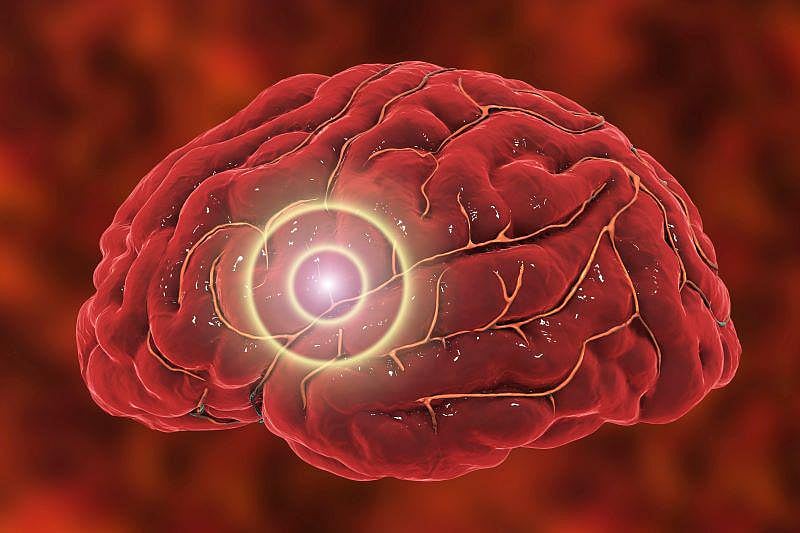Uncovering Hidden Consciousness in Comatose Brains
By Cara Murez HealthDay Reporter | Copyright © 2022 HealthDay. All rights reserved.

WEDNESDAY, Aug. 16, 2023 (HealthDay News) -- Some patients with acute brain injuries can’t respond to verbal commands, making them appear to be unconscious though they still have some level of awareness.
Researchers recently studied this hidden consciousness to better understand this puzzling phenomenon.
“Our study suggests that patients with hidden consciousness can hear and comprehend verbal commands, but they cannot carry out those commands because of injuries in brain circuits that relay instructions from the brain to the muscles,” said study leader Dr. Jan Claassen. He's associate professor of neurology at Columbia University Vagelos College of Physicians and Surgeons in New York City.
Findings from this study could help doctors more quickly identify the brain-injured patients who might have hidden consciousness and better predict which patients are likely to recover with rehabilitation, the researchers said in a university news release.
About 15% to 25% of patients with brain injuries from head trauma, brain hemorrhage or cardiac arrest have this hidden consciousness, also known as cognitive motor dissociation (CMD).
Subtle brainwaves detectable with EEG are the strongest predictor of this hidden consciousness and eventual recovery for these unresponsive patients.
The precise pathways in the brain that become disrupted were unknown.
To figure it out, researchers used EEG to examine more than 100 brain injury patients.
The technique can determine when patients are trying to respond to a command even if they’re not able to actually do so. A command in these circumstances might be something like “keep opening and closing your right hand.”
The analysis detected CMD in 21 of 107 patients in this study. Then researchers analyzed structural MRI brain scans from all of the patients.
“Using a technique we developed called bi-clustering analysis, we were able to identify patterns of brain injury that are shared among patients with CMD and contrast to those without CMD,” said co-lead author Qi Shen, associate research scientist in the Claassen lab and an expert in signal processing, machine learning and biostatistics.
All of the CMD patients had intact brain structures related to arousal and command comprehension. This supported the idea that these patients were hearing and understanding the commands but were unable to carry them out.
“We saw that all of the CMD patients had deficits in brain regions responsible for integrating comprehended motor commands with motor output, preventing CMD patients from acting on verbal commands,” Claassen said.
More research is required before these approaches can be applied to clinical practice, the study team noted.
“However, our study shows that it may be possible to screen for hidden consciousness using widely available structural brain imaging, moving the detection of CMD one step closer to general clinical use,” Claassen said.
“Not every critical care unit may have resources and staff that is trained in using EEG to detect hidden consciousness, so MRI may offer a simple way to identify patients who require further screening and diagnosis,” he added.
The findings were published online Aug. 14 in the journal Brain. The study was supported by grants from the U.S. National Institutes of Health and the Dana Foundation.
More information
The U.S. Centers for Disease Control and Prevention has more on brain injury.
SOURCE: Columbia University Irving Medical Center, news release, Aug. 14, 2023




 Like the DIY idea of Dr. Leonardo websites, but just don’t want to Do-It-Yourself? We understand! Fussing over website details isn’t for everyone. But we do love building websites with our builder and we’re kind of obsessive about how we do things. Plus, we can build them lickety-split – typically in
Like the DIY idea of Dr. Leonardo websites, but just don’t want to Do-It-Yourself? We understand! Fussing over website details isn’t for everyone. But we do love building websites with our builder and we’re kind of obsessive about how we do things. Plus, we can build them lickety-split – typically in